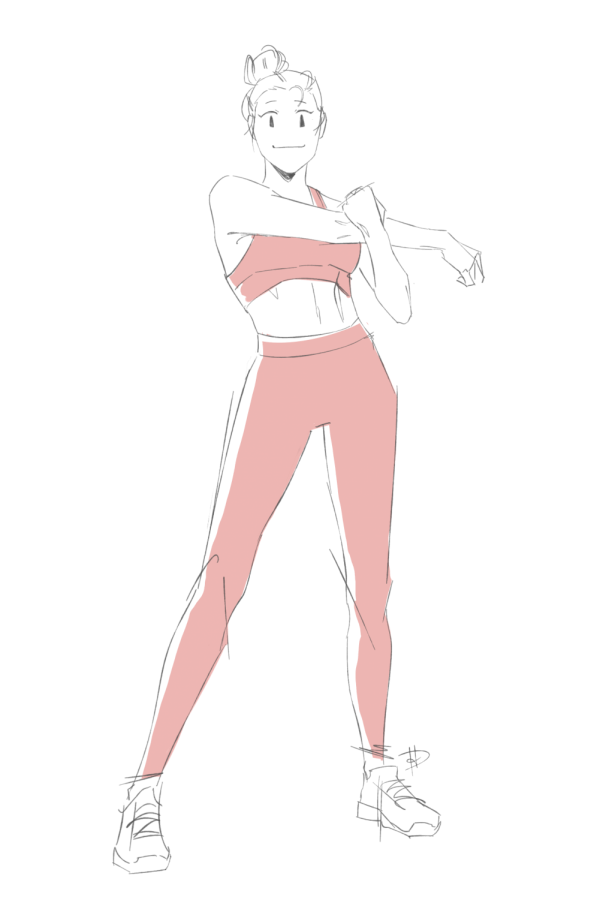Yoga reduces stress, promotes healthy lifestyle
As our community passes the six month period of shelter-in-place, it’s increasingly important to maintain and care for both our mental and physical health. Amidst the lack of in-person interaction, it’s easy to feel unmotivated to be productive, particularly when it comes to exercise. Closed gyms, poor air quality and group restrictions all poise as barriers to getting our bodies moving. Despite such struggles, physical movement has been proven to reduce stress, increase endorphins and promote healthier bodies and minds. During these uncertain times, practicing stress-relieving exercises is more important than ever before. Whether it’s a six mile run or a 10 minute yoga session, moving our bodies in any form has vital health benefits.
Between Zoom classes, homework and extracurriculars, the average high school student doesn’t always have time to dedicate hours toward exercising, or might just lack incentive to roll out of bed. Regardless, exercise is not a one-size-fits-all activity: what works for some people may not work for others. One idea, particularly for those who have limited spare time, is to practice yoga. Yoga is a popular exercise that emphasizes the importance of breath and clarity. It is also credited with increasing strength, flexibility and reducing symptoms of stress and anxiety.
The science behind yoga is fascinating: multiple studies report that the exercise decreases the secretion of cortisol, the primary hormone causing stress. Yoga also encourages participants to fully relax, which reduces the activity of our body’s muscles and motor neurons while simultaneously decreasing heart rate. This translates to deeper breathing and greater relaxation, both contributors to lower stress levels. Other studies also suggest that yoga improves sleep, which may be appealing to sleep-deprived students.
Yoga is an inclusive space, as yogis are friendly to everyone, regardless of skill. There is no right way to practice yoga, and contrary to popular belief, the end goal is not to be able to transform into a human pretzel–yoga can be as simple as standing upright and focusing on breath and full body engagement. Certain yoga positions, such as the tree pose, can be the perfect exercise to release fatigue between passing periods. On the other hand, a more in-depth yoga session can last upwards of an hour, and incorporate different exercises focusing on various parts of the body.
Throughout the internet and in our community, a multitude of yoga resources are offered to students. One includes an alternative yoga course in replacement of traditional physical education. In this course, students’ physical activity focuses more on breathing and stretching, rather than high intensity fitness. Besides the class offered at school, a variety of yoga classes from local studios are offered via Zoom. Members of the YMCA have access to these classes almost daily, with each class pertaining to a different area of focus. Finally, there are thousands of YouTube videos and tutorials online that are available to everyone at no cost.
Exercise amidst the COVID-19 pandemic is difficult, yet simple methods such as yoga or any other form of exercise are effective outlets to manage stress and promote physical well-being.
Your donation will support the student journalists of Henry M. Gunn High School. Your contribution will allow us to purchase equipment and cover our annual website hosting costs.


